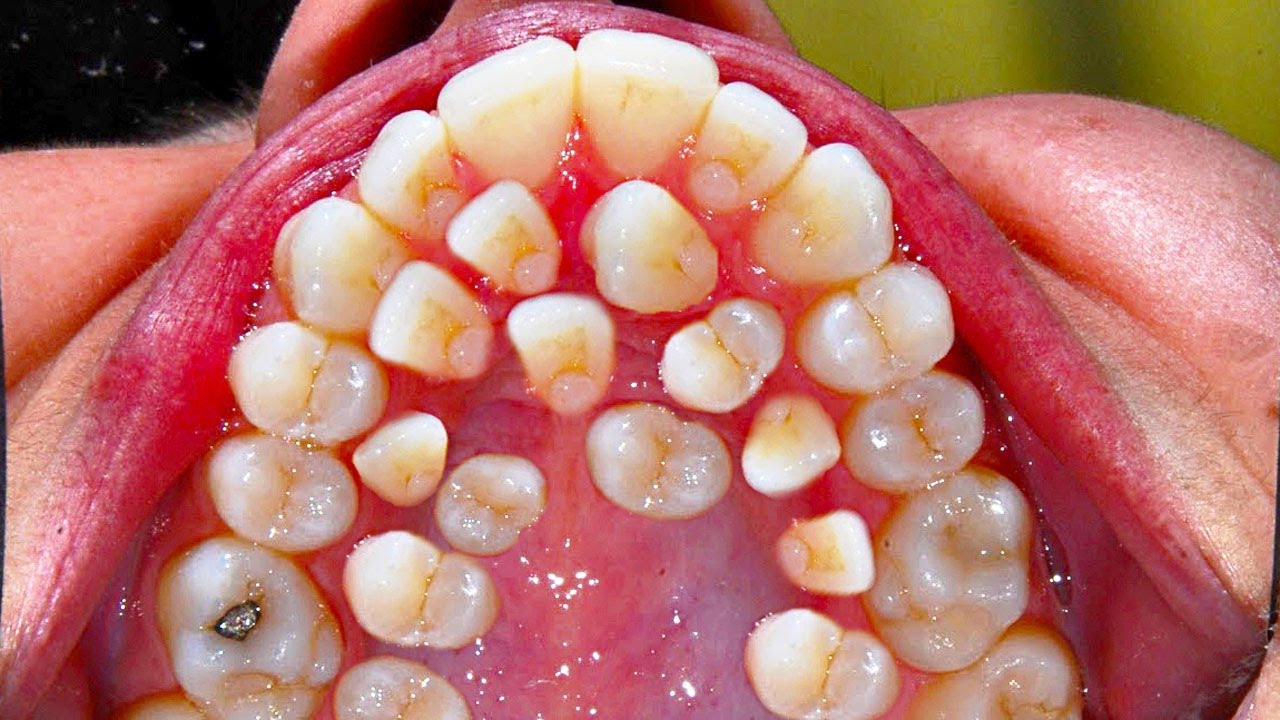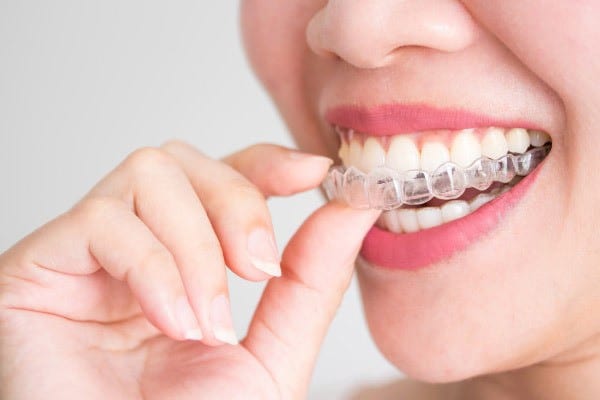Rare Dental Cases
For most people, a trip to the dentist typically calls for something simple. The top five reasons for scheduled dental visits are proven to be cleanings, fillings, extractions, bridges and implants, and Invisalign consultations. Other dental needs include, but are not limited to, crowns and caps, veneers, teeth whitening, gum surgery, and dentures.
On the contrary, there are presented dental cases that are completely out of the ordinary. Better known as ‘rare dental cases,’ patients have scheduled dental visits for issues that keep dentists on their toes. These special cases have come without a methodology or guide in regards to effectively correcting them.
This has allowed professionals to give each rare dental case a label as the case is presented, and in addition, has allowed them to create a guideline for future dental professionals to follow in the event that the same case presents itself again.
Check out these 5 rare dental cases, what they have been titled by dentists who were presented these cases for the first time, and details about each.
1. More Than One Set of Teeth (Hyperdontia)
Hyperdontia is the rare condition of having an extra set or sets of teeth. The extra teeth are called supernumerary teeth. They can grow in any area of the dental arch and do not come in at any specific angle or placement.
This haphazard growth of extra teeth on either dental arch is not typically painful, however, the extra teeth can sometimes put pressure on your jaw and gums. Pain and swelling is often associated with hyperdontia, in addition to the overcrowding of the natural teeth. This can cause the patient’s permanent teeth to become crooked.
2. Larvae/Maggots Growth In Mouth (Oral Myiasis)
Myiasis is a rare parasitic infection in which a patient’s oral cavity is infected with larvae. This case is considered to be rare for many reasons; one reason being that the oral cavity is not typically able to provide a conducive enough habitat for larvae to survive and thrive.
Certain conditions and instances contribute to a patient’s predisposition to oral myiasis. Some of these instances include, but are not limited to, poor oral hygiene, tooth extractraction sites, fungating carcinoma of buccal mucosa, patients with tetanus, severe halitosis, and facial trauma.
3. Intraoral Presence Of Hair
The rare case of having an intraoral presence of hair speaks for itself! There have been dental cases where a patient experiences the growth of hair within their mouth. It is concluded that this intraoral presence of hair is typically a side effect of reconstructive surgery. The persistent hair growth can be caused by the intact hair follicles that are transplanted at the time of surgery.
The presence of intraoral hair can cause negative effects such as psychological distress, difficulty eating, difficulty swallowing, and difficulty speaking. The options for hair removal are required to be performed at 4-6 week intervals due to the hair growth cycle. If laser is the chosen method of removal, it is extremely important that the laser is used carefully and under general anesthesia.
4. Gingival Hyperplasia
Gingival hyperplasia, also known as gum enlargement, is described as an overgrowth of gum tissue surrounding the teeth.
Although there are many predicted causes for this rare condition, poor oral hygiene and the overuse of certain medications are two of the main causes for gingival hyperplasia. Extremely puffy, red, swollen gums that seem to bubble over the teeth is a good indication of gingival hyperplasia.
The risk of developing gum disease increases with the amount of time that gingival hyperplasia is left untreated. In early stages, treatment for this condition is the improvement of oral hygiene. In more severe cases, surgical means are necessary to correct gingival hyperplasia.
5. Severe Calculus Buildup
Calculus, also known as tartar, is a form of hardened dental plaque. Dental plaque is required to be cleaned or picked away at daily by the patient through their oral hygiene routine or a by dentist during a regular dental cleaning. If plaque is left on the teeth, it hardens over time and forms a hardened calculus.
Calculus buildup can not be removed simply. It requires tools such as a periodontal scaler to properly and effectively be removed. To prevent initial tartar buildup, it is important to brush, floss, and rinse with an antiseptic mouthwash twice a day!
Schedule your appointment with Rockefeller Cosmetic Dentistry, today! Stay on top of your oral health by attending regular dental visits. If you suspect anything unusual going on with your oral health, do not hesitate to call (212)581-1091.



